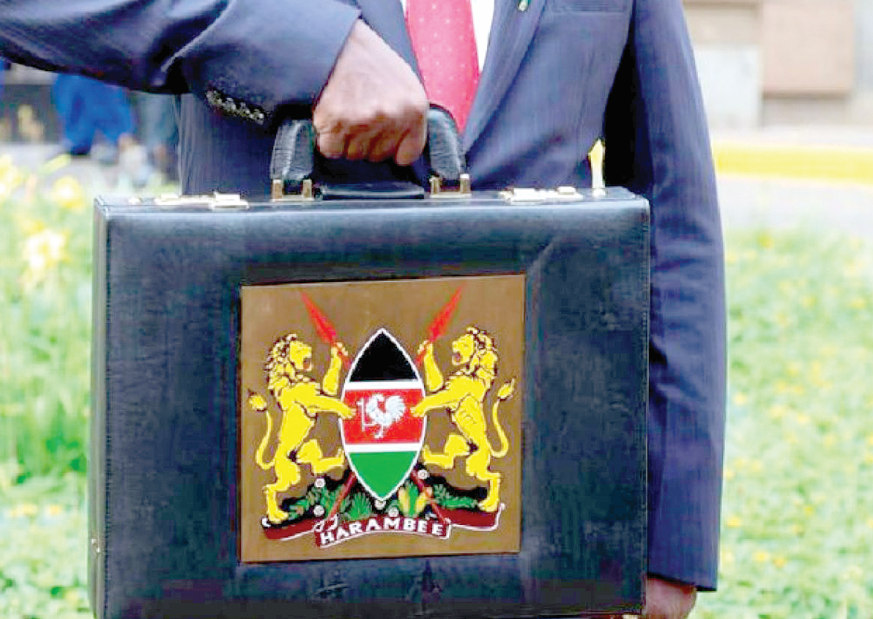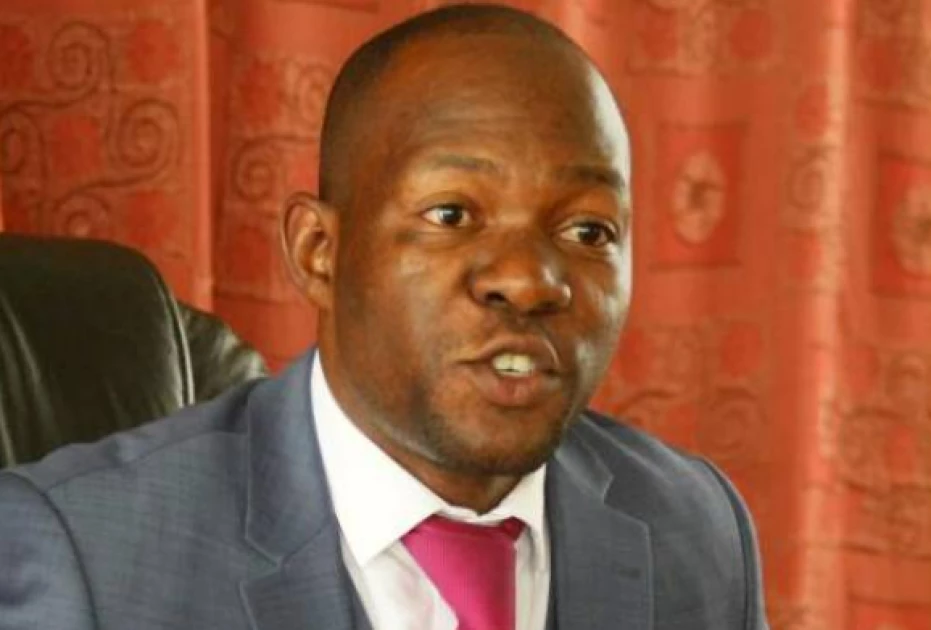Development to suffer in Ksh4.3T budget

President William Ruto’s proposed budget of Ksh4.3 trillion for the 2025/26 financial year allocates only Ksh300 billion—less than seven per cent—for development activities countrywide.
This amount falls drastically short of what is required to drive sustainable growth and long-term socio-economic transformation in a country like Kenya.
Development spending is more than a line item in a national budget; it is a strategic investment in infrastructure, healthcare, education, innovation, and industrial capacity—all critical pillars for national progress.
Sectors such as infrastructure, healthcare, education, innovation, and industry depend heavily on these allocations to function effectively and support broader national goals. When funds are directed toward roads, energy, water systems, and bridges, the result is not only job creation but also increased economic productivity across various sectors.
These investments create a multiplier effect by stimulating local economies, attracting private investment, and boosting government revenue through improved economic performance.
“The initial budget estimates of Sh4.3 trillion will undergo substantial revisions before being tabled in Parliament. These adjustments are part of broader austerity measures designed to strengthen fiscal discipline, reduce public debt vulnerabilities, and create the fiscal space necessary to deliver essential public goods and services,” said a cabinet dispatch.
In the current financial year, the government projected to collect Sh2.9 trillion in ordinary revenue and Sh426 billion from ministries, totalling Sh3.3 trillion. However, this projection is proving overly optimistic, given recent revenue collection trends.
As of December 31 last year, Kenya Revenue Authority (KRA) had collected Sh1.243 trillion in the first half of the financial year. According to Alex Mwangi, KRA’s Acting Commissioner for Strategy, Innovation and Risk Management, this underperformance is linked to a slowdown in GDP growth—from 6.1 per cent in the third quarter of 2023 to 4 per cent in the same period of 2024.
“The collection was affected by various economic indicators that directly drive revenue collection. For instance, gross domestic product (GDP) growth slowed to 4 per cent in the third quarter 2024, down from 6.1 per cent in third quarter 2023, and 4.6 percent in second quarter 2024,” he said.
Ambitious plans
In 2023/24, the government collected Sh2.41 trillion. If trends persist, it may only manage about Sh2.6 trillion in 2025/26, far below the amount needed to fund its ambitious plans. With about Sh1.85 trillion allocated for debt servicing—of which Sh1.1 trillion goes to interest payments—and roughly Sh1 trillion for recurrent expenditure, the government will need to borrow or find other ways to raise approximately Sh2 trillion. This leaves minimal fiscal room for development spending.
The growing debt burden is at the heart of Kenya’s budgetary constraints. Treasury Cabinet Secretary John Mbadi recently confirmed that Kenya’s total public debt stands at Sh11.02 trillion, not accounting for recent borrowing such as the €60 million (Sh8.86 billion) secured from OPEC.
This level of indebtedness severely hampers the government’s ability to invest in long-term growth. Former Finance Committee Chairperson Ndindi Nyoro and Mbadi have both advocated for slashing government size by reducing the number of ministries and staff, which could save up to Sh500 billion annually—funds that could then be redirected to development priorities.














